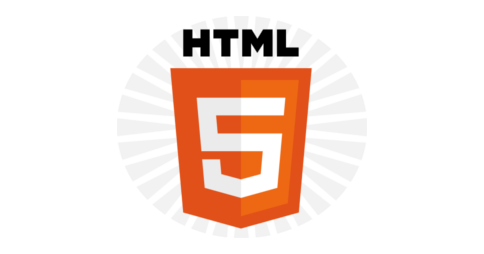
In a recent blog post, YouTube Engineering Manager Richard Leider wrote that this was largely due to a maturing of HTML5—a core technology underpinning the web, and as at late 2014, an official Word Wide Web Consortium (W3C) Recommendation.
With a mature HTML5, YouTube was now able to improve its user experience through more consistent streaming and higher quality video—among other technical benefits. Importantly, the preference for HTML5 also has important implications for improved accessibility to the video streaming service for people with disabilities.
As Media Access Australia’s resident web accessibility expert Dr Scott Hollier pointed out in the early days of HTML5’s development, one of the technology’s several accessibility gems is simplified captioning—good news for people with hearing impairments.
The exciting part about YouTube—among other HTML5 video initiatives—is that the technology has the potential to deliver easier caption implementation regardless of video format, providing scalability on different browsers and platforms, and the ability to tie the text better into assistive technologies.
HTML5 is also good news for people with vision impairments because it can make providing audio description (AD) services easier.
For example, with HTML 5 it’s possible to have a text file—a bit like a caption file—that has time-indexed descriptions. With a screen reader, these descriptions can be read out at set times, so providing a form of audio description to go with video content.
Being able to take this approach removes the need to embed AD in the video, meaning that you can have the one video source for both AD and non-AD content. That means the people most likely to need AD—screen reader users—will have better access.
HTML5 is also good news for people with cognitive-related impairments because it has the potential to make online video players themselves more accessible through more uniform and predictable interfaces.
For people with mobility impairments, interfaces using HTML5 are more likely to be navigable using keyboard-only controls or through assistive technology—such as mouthsticks—that rely on keyboard controls.
Google through YouTube is not the only organisation to move toward accessible media players. For example, Canada’s AMI has launched its own accessible media player and payments provider PayPal has used HTML5 to make its media player accessible.
Top of page

